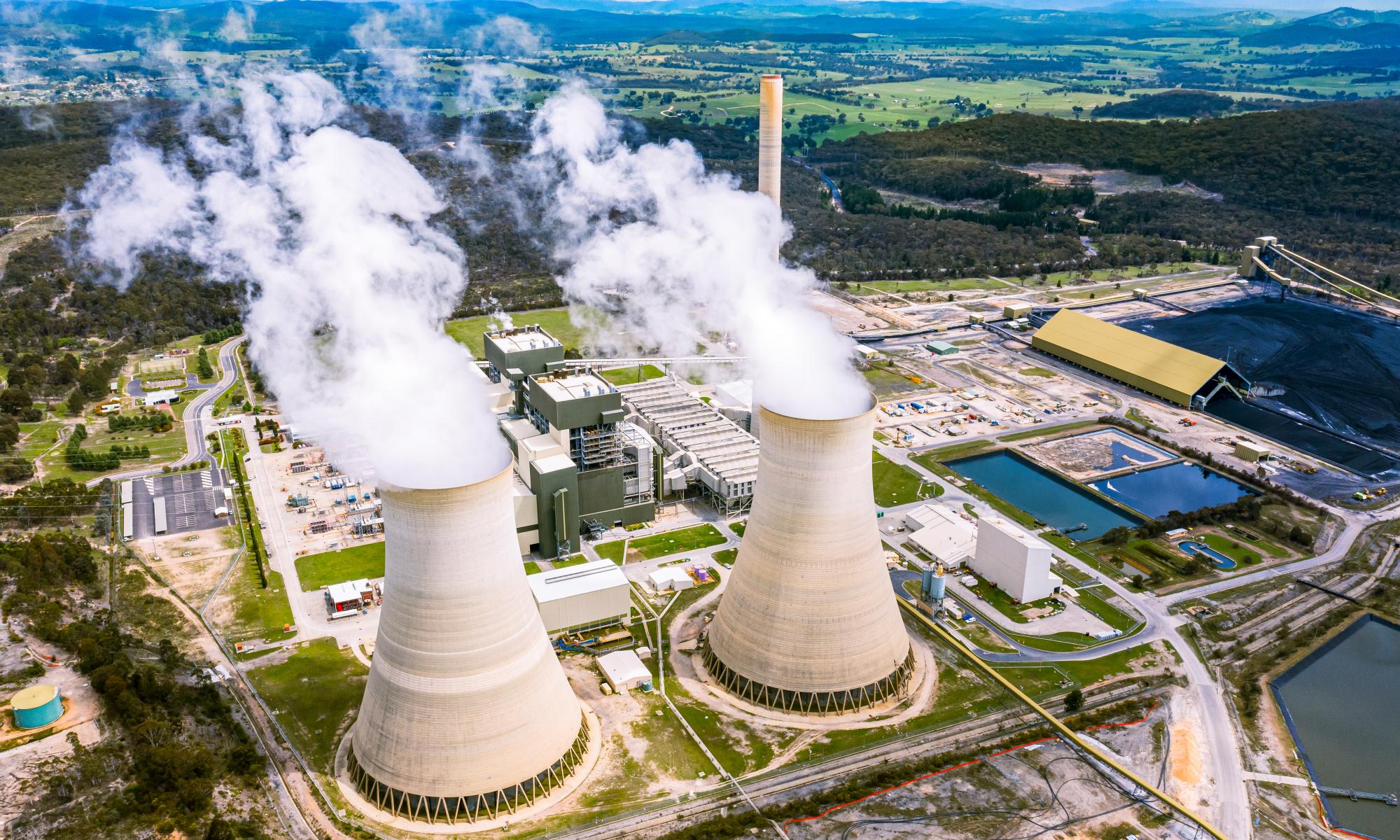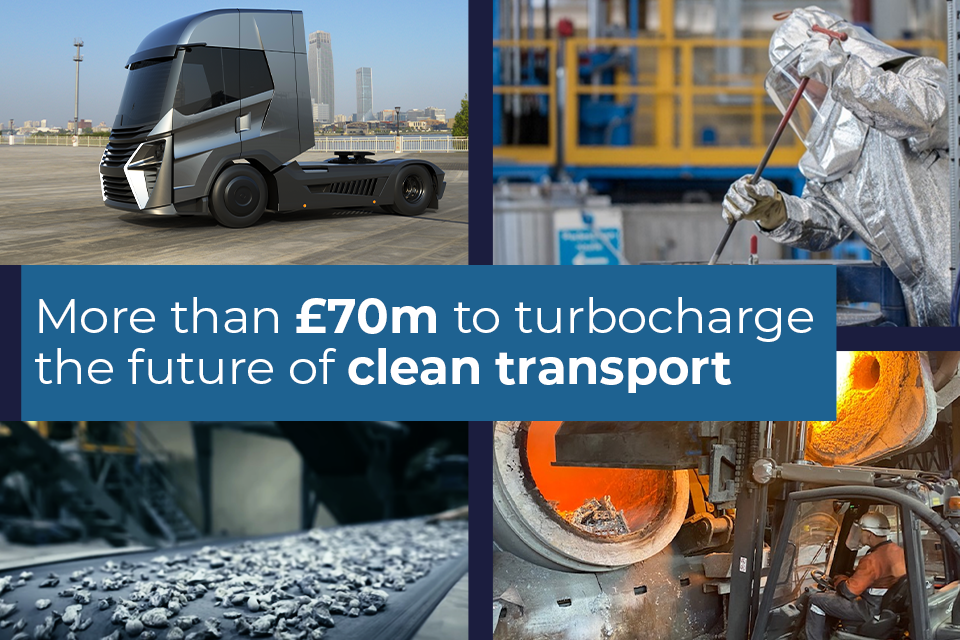More than three-quarters of the public are in favour of windfarms being built in the UK. That is the key result of an Opinium poll carried out for the Observer in the wake of publication of the government’s controversial energy security plans last week.
Ministers backed nuclear power but shunned new onshore wind plants as the main means for protecting the UK against future energy crises. But the new poll indicates Tory voters’ backing for wind turbines almost matches that of Labour and Lib Dem supporters – suggesting the move against onshore wind, a result of backbench Conservative pressure, runs counter to the views of the party’s own voters.
In the Opinium poll, 79% of Tory voters said they were strongly or somewhat in favour of windfarms being installed in the UK, compared with 83% of Labour voters and 88% of Lib Dems. Two-thirds of all voters said they would be happy for a windfarm to be built near them.
By contrast, only 46% of all voters favoured new nuclear power stations in principle, while a mere 32% favoured gas power plants. Less than a third of voters would be happy with a nuclear power station being built near them, while less than a quarter would approve of having a gas power station in their neighbourhood.
These findings suggest that government thinking is at some distance from the public’s perception of the need to ensure energy security while still working to achieve net zero emissions. It is also at odds with warnings from experts who say reliance on atomic power raises key concerns for the nation. They point out that the country’s next nuclear plant, Hinkley Point C, currently under construction in Somerset, was supposed to start generating electricity in 2017 but will not do so until 2026 because of delays that have raised the station’s cost from £16bn to £23bn.
“Instead of this wasteful nuclear plan, the government should invest in onshore wind to help lower people’s bills now,” said the Liberal Democrat leader, Ed Davey. “Safely storing nuclear waste is also expensive, complicated and controversial.”
However, former Tory energy minister Charles Hendry – who now advises the energy industry – said he was pleased the government had committed to more nuclear but doubted whether the funding model for building new plants would attract enough private sector interest. The government needed to address whether it should take on the entire funding of the building of the plants, he said. “That happens in almost every other country in the world. Then if it chooses to, when they are built, it can sell them off to the private sector. That is the most assured way of getting the investment which is necessary and the partnerships which are necessary.”
But scientists are warning that heavy reliance on atomic energy is premature when the critical issue of nuclear waste disposal has yet to be tackled. The UK has still not selected a site to build an underground store for the spent fuel rods and radioactive cladding it has accumulated over the past seven decades of operating nuclear plants. Most of the nation’s nuclear waste is still stored above ground, at Sellafield in Cumbria.

“We need to build an underground store that is acceptable to local people, that is geologically stable, and which is big enough to store the 750,000 cubic metres of nuclear waste that we will have accumulated once all our current reactors are in operation,” said Prof Claire Corkhill of Sheffield University. “That will take another decade at best. Only then would I be happy to know another eight nuclear power plants were going to be built in the UK.”
In 2019, the UK relaunched its efforts to get agreement to build an underground nuclear waste facility. So far residents in four areas – three in Cumbria and one in Lincolnshire – have entered the voluntary process to explore whether it would be possible to have the store built in their neighbourhood. Drilling to test how subterranean water flow might damage a facility in each area will be carried out in the near future. Then, if the rocks there are found to be suitable, geologists will have to estimate if a sufficiently large underground store could be built in that location.
“We could find an area has good rocks but … not sufficient space to store all the waste we need to bury,” added Corkhill. “Then we might have to try to find a second, or entirely new site. This is not an issue we can rush.”


